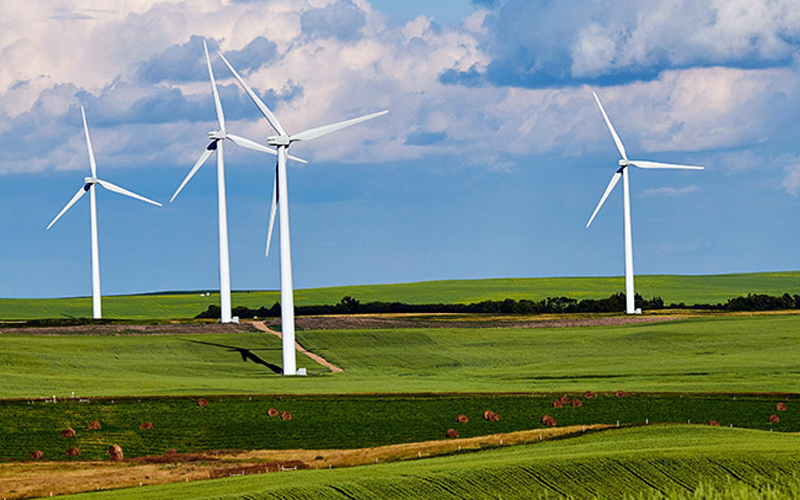

By Asmita - Apr 09, 2025
Clean energy, including solar, wind, and hydro power, now accounts for 40% of the world's electricity generation. The International Energy Agency predicts renewables will surpass coal as the largest source by 2025, driven by decreasing costs and rapid growth. Clean energy's rise aligns with global electricity demand increase, with China, India, and Southeast Asia expected to drive 85% of growth through 2026. Despite challenges, clean energy sources are set to meet additional electricity needs and reduce reliance on fossil fuels, leading to a significant decline in CO2 emissions by 2025.

Wind Turbines via Free Malaysia Today
LATEST
Clean energy has reached a milestone, accounting for 40% of the world’s electricity generation, according to recent reports. This growth is driven by the rapid expansion of renewable sources such as solar, wind, and hydro, alongside nuclear power. Solar PV has been a standout contributor, with its cost declining significantly over the years. Wind power and hydropower have also played key roles in this transformation. The International Energy Agency (IEA) highlights that renewables are set to surpass coal as the largest source of electricity generation by 2025, marking a historic shift in global energy dynamics.
The rise in clean energy comes at a time when global electricity demand is growing rapidly. The IEA forecasts an average annual growth rate of 3% through 2026, driven by economic expansion and the increasing adoption of electric vehicles and heat pumps. China, India, and Southeast Asia are expected to account for 85% of this demand growth. Despite this surge, clean energy sources are projected to meet all additional electricity needs, reducing reliance on fossil fuels and curbing emissions from the power sector.
Nuclear power is also experiencing a resurgence, with output expected to reach an all-time high globally by 2025. Countries like France and Japan are bringing reactors back online, while new facilities are being commissioned in China, India, and Europe. This comeback complements the momentum behind renewables, collectively pushing the power sector toward a structural decline in CO2 emissions. By 2025, emissions from electricity generation are expected to decrease significantly.
However, challenges remain in scaling clean energy globally. Emerging economies face barriers such as insufficient financing and infrastructure gaps. Policymakers are urged to accelerate investment in grid systems and energy storage solutions to ensure smooth integration of renewables. Meeting international climate goals will require sustained efforts to expand clean energy access equitably across all regions.